#channel-billed toucan
Explore tagged Tumblr posts
Text

Robert Morley (British, 1857-1941) The Literary Critics, 1888 oil on panel, 25 x 30 in (63.5 x 76.2 cm) via Christies
ID: Ariel Toucan, a subspecies of the Channel-billed Toucan (Ramphastos vitellinus ariel)
#bird#birds#birds in art#toucan#toucans#Channel-billed Toucan#Ariel Toucan#Neotropical birds#Robert Morley#British art#European art#19th century art#painting#oil painting#private collection#Christies#species ID
429 notes
·
View notes
Text

[2158/11079] Channel-billed toucan - Ramphastos vitellinus
Order: Piciformes Suborder: Pici Family: Ramphastidae (toucans)
Photo credit: Silvia Faustino Linhares via Macaulay Library
220 notes
·
View notes
Text

I drew some toucans now bc i like them too! Contrary to the mustelids, these have their true colors. They sure are some birds
ID: a digital drawing of many toucan species. From left to right and top-down, there's a channel-billed toucan subspecies (Ramphastos vitellinus vitellinus), an emerald toucanet (Aulacorhynchus prasinus), a Choco toucan (Ramphastos brevis), a plate-billed mountain toucan (Andigena laminirostris) and a keel-billed toucan (Ramphastos sulfuratus). End ID.
#irbis draws#animal art#toucan#toucans#birds#bird art#animal artist#animals#ramphastidae#channel-billed toucan#emerald toucanet#choco toucan#plate-billed mountain toucan#keel-billed toucan
39 notes
·
View notes
Text
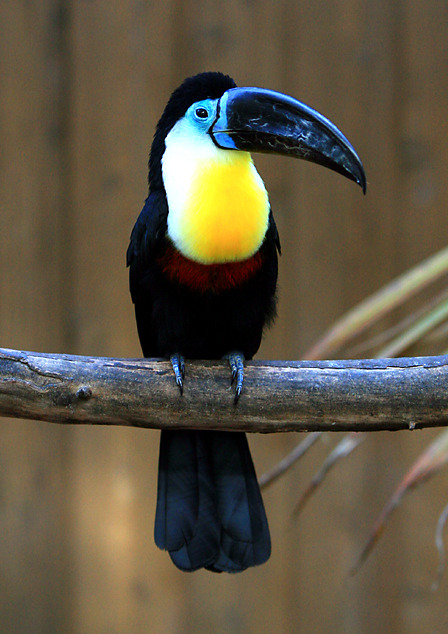
Posting birds until I hit post limit: Channel-billed toucan
6 notes
·
View notes
Text


Channel-billed Toucan
297 notes
·
View notes
Text



This is really beautiful birds the toucans same face impression Alex tai'yee of a toco toucan and svengeance of a channel billed toucan and stronghold of a keel billed toucan I hope you like it love it two🔥🐦🔥❤️🔥🥰
#alex tai'yee#svengeance#stronghold#toco toucan#channel billed toucan#keel billed toucan#migration movie#minions rise of gru#vicious 6#toucans#birds
3 notes
·
View notes
Text
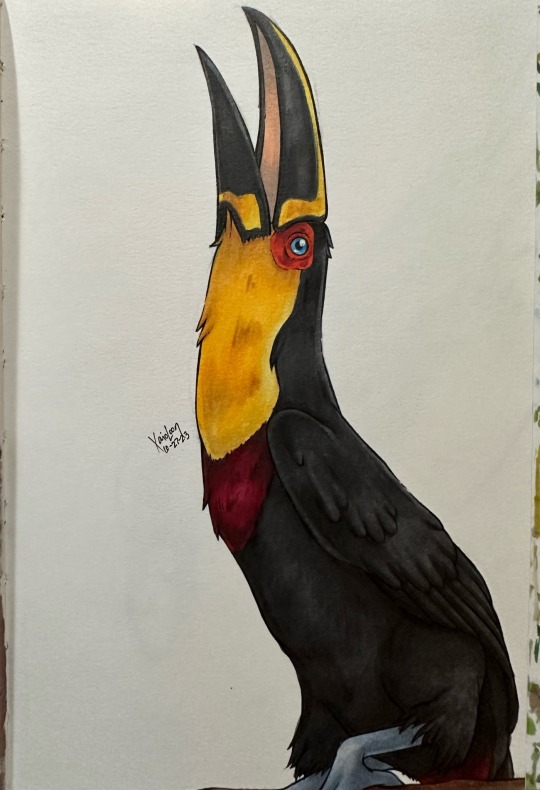
Day 27 of Birdtober: Channel-billed Toucan (Ariel)
22 notes
·
View notes
Text

Channel-billed Toucan (Ramphastos vitellinus), family Ramphastidae, order Piciformes, Atlantic Forest, Brazil
photograph by Lindsay Kennon (@lindsay_naturephotos)
463 notes
·
View notes
Text
daily birds week 18!
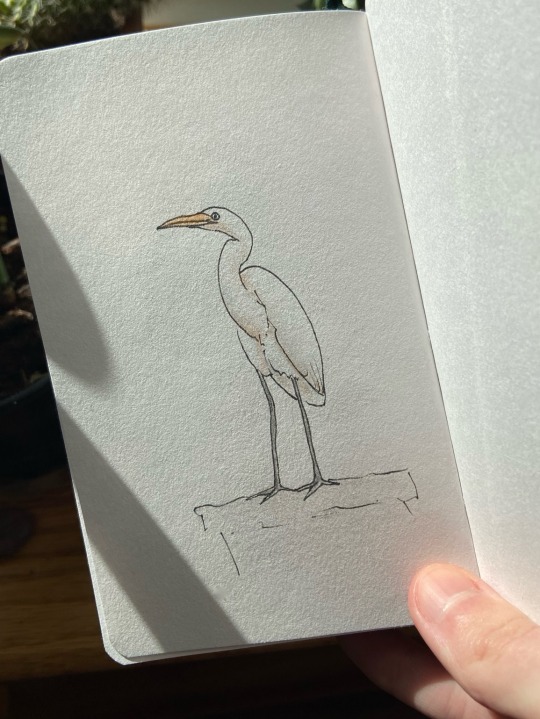
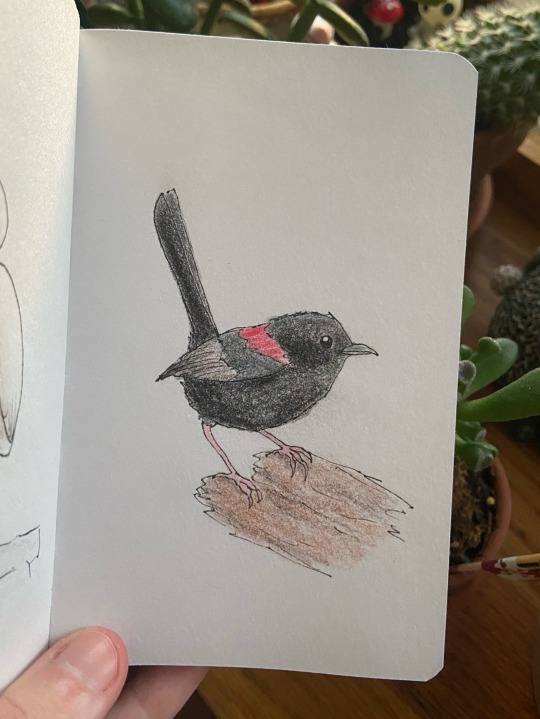
great egret + red-backed fairywren
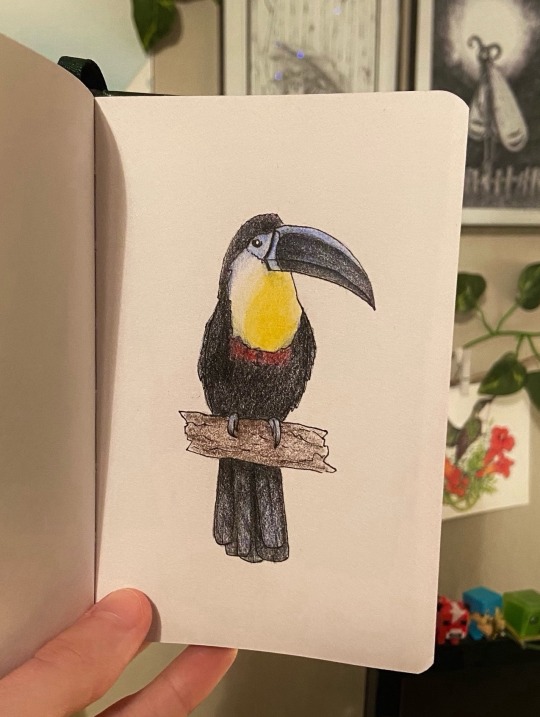
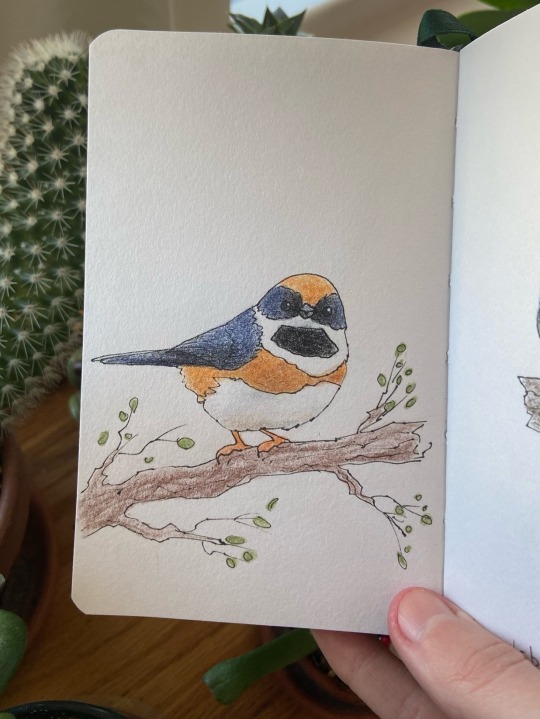
channel-billed toucan + black-throated bushtit
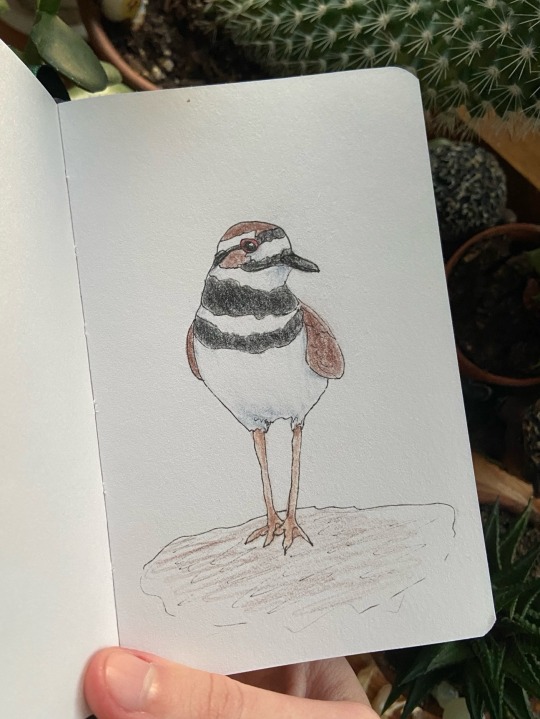
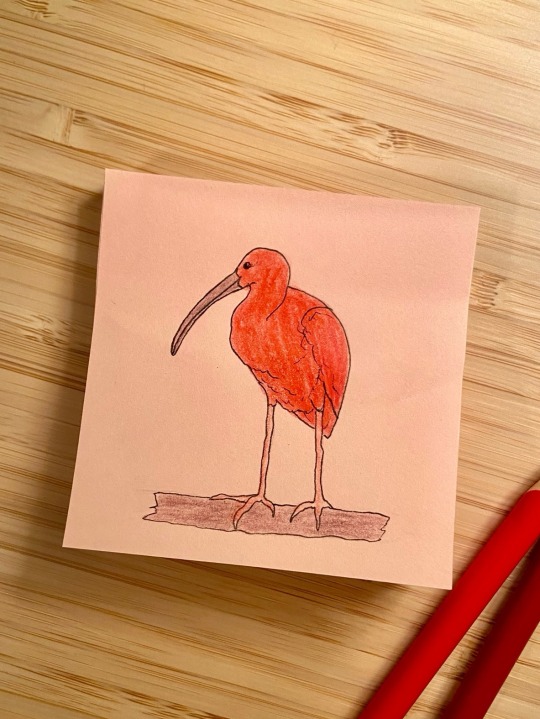
killdeer + scarlet ibis
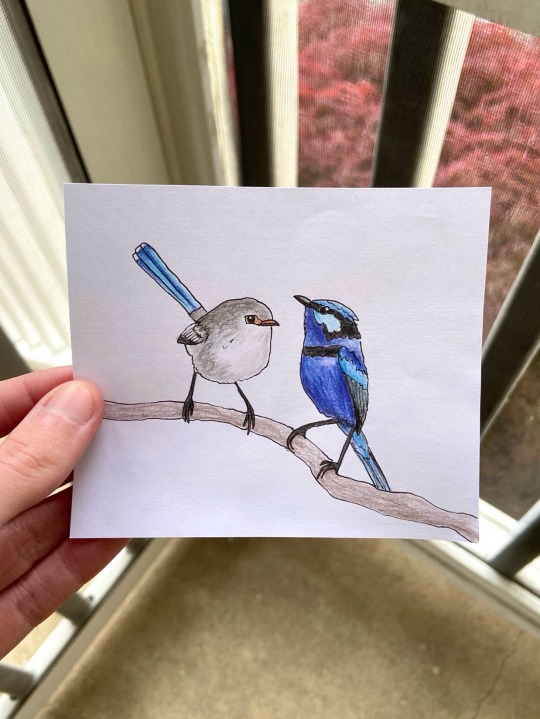
splendid fairywren
169 notes
·
View notes
Text

120 notes
·
View notes
Text
Today's bird: toucan (@ghcstao3)
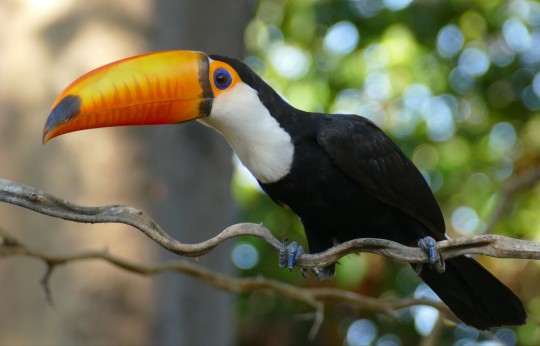



(Toco toucan, keel-billed toucan, aracari, channel-billed toucan)
There are 7 classifications of toucan
The most common is the Toco Toucan, you might recognize them as the Toucan from the movie Rio
Their beak (called a "bill") accounts for 50% of their length
They're omnivorous so they'll eat a variety of foods including small birds, rodents, fruit, ect.
They live in large groups/flocks, up to 22 individuals
They also mate for life
Their beak helps them regulate their body temperature, by controlling how much bloodflow they allow to the area
They are not great flyers, instead preferring to use their wings to glide between trees and branches when necessary
Tomorrow's birb: bleeding-heart doves
52 notes
·
View notes
Photo

Channel-billed toucan (Ramphastos vitellinus) in Poços Das Antas, São Paulo, Brazil
87 notes
·
View notes
Text
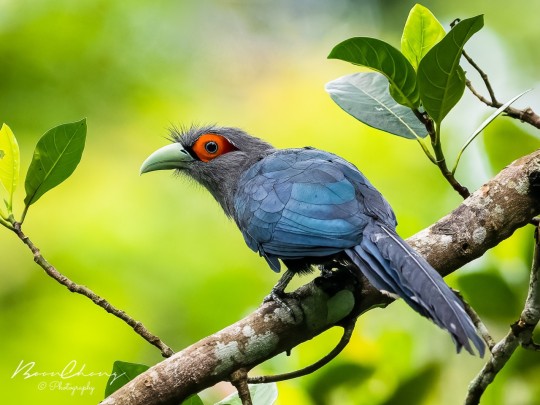

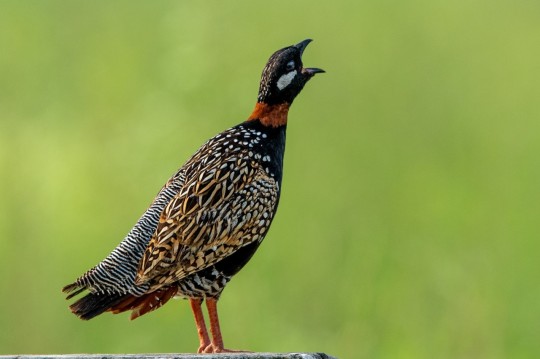



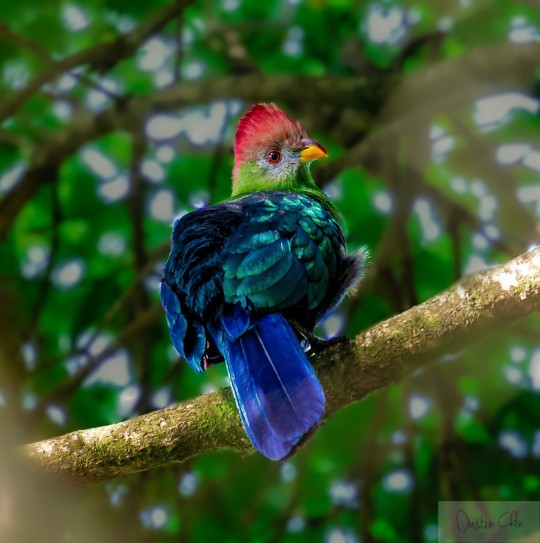


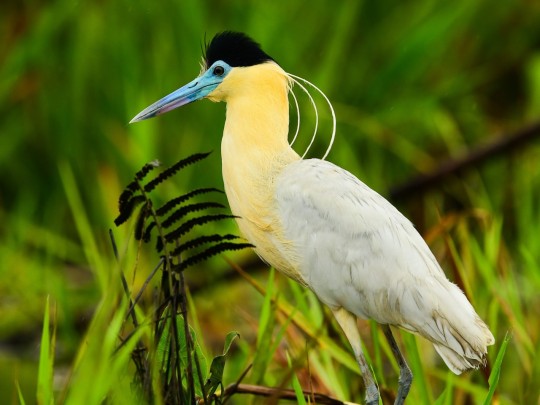


First 25% Summary - Part 2 (Cuculiformes to Piciformes, excluding Passeriformes)
Cuculiformes: Chestnut-bellied malkoha - Boon Chong Chen Falconiformes: Barred forest falcon - Andres Vasquez Noboa Galliformes: Black francolin - Vivek Saggar Gaviiformes: Common loon - Annie Lavoie Gruiformes: Black-tailed nativehen - John Daniels Mesitornithiformes: Brown mesite - Chris Courtaux Musophagiformes: Bannerman's turaco - Dustin Chen Nyctibiiformes: Andean potoo - Andres Vasquez Noboa Otidiformes: Buff-crested bustard - Luke Seitz Pelecaniformes: Capped heron - Xueping & Stephan Popp Phoenicopteriformes: Andean flamingo - Claudio Martin Piciformes: Channel-billed toucan - Silvia Faustino Linhares.
#birds#summary post#described#chestnut-bellied malkoha#barred forest falcon#black francolin#common loon#black-tailed nativehen#brown mesite#bannerman's turaco#andean potoo#buff-crested bustard#capped heron#andean flamingo#channel-billed toucan
96 notes
·
View notes
Text
Searching for toucan videos on youtube but they keep mistaking channel billed toucans for white throated ones. tsk. 😒 wrong bird
#🤓☝️ um actually#the tukr genuinely fucked up my brain now i have to do mental gymnastics to remember how to spell this shit#tucan?? toucan?? tucano??
4 notes
·
View notes
Text
Prompt 7, At the Races!
This prompt was given to me by a friend. Enjoy the practice of 3 racers!
Dash, a spotfin flying fish, finished pulling on his racing gear just as Chrizanne poked her black beak into the locker room. “Are you done? You know Ol Pete doesn’t like to wait.”
Dash turned back towards the door, “I’m getting there! You know my fins don’t fit well even in bird-styled suits.” One of the drawbacks to being one of the only fish in terrestrial car racing. And the only one at this level of formula racing at that.
Dash and Chrizanne were attempting to get into the F1 circuit, but not many people were willing to sponsor the feminine channel billed toucan, or the flying fish who came out of nowhere.
But Ol Pete, a veteran at the tracks, had taken an interest in them. He’d book practice times and have them drive laps over and race them to give them experience other drivers got by being scouted for teams. He sometimes even found places where they could put on exhibition races, racing with a few other races on city streets to further push their knowledge and practice further than driving around and around ovals would ever do.
He pushed his helmet on, careful to make sure it wouldn’t hitch on his gills. While his gills wouldn’t be flared out from gathering oxygen in the water they could still hook onto the inside of the helmet and be damaged. Which was one reason fish racers were only focused on aquatic races.
Dash enjoyed the speed of terrestrial racing though. Not to be cliche, but it felt more like flying to him. Yeah you could cut through the water and watch it bend and ripple around you, but with the air you felt like you were floating, like there was nothing stopping you. Going so fast that the wind caused significant resistance was an amazing feeling. It reminded him of learning to glide as a young kid.
He stepped out of the locker room, seeing that Chrizanne was already suited up, her beak exposed from the way her helmet sat, with just the barest hint of the blue band at the base of her bill visible. “You better not make us late,” she started again as they headed towards the garage. “I don’t want to be doing push ups due to tardiness, again.”
“You were tardy last time because you couldn’t decide what color of bill gloss you wanted to wear,” Dash reminded her.
“Uh, yeah the weather was dry! I wanted to make sure I protect myself from chapping, and I wanted to look good while doing it!” She shook her head, and Dash knew her feathers were probably fluffed in frustration.
“And you don’t have a problem with it this time?” Dash teased pointing out her bill having no additional color.
“Pete sent a pack of clear bill wax to my house. Told me to use that instead,” she groused. Ol Pete didn’t mind Chrizanne’s feminine wiles most of the time, she wasn’t afraid to get dirty and learn about her car. What he did care about was wasting his time or not taking the track seriously.
The two walked to where their cars were being filled. Hao, a nicobar pigeon with well groomed long neck feathers, was putting up the pumps. Standing over him, with a sharp glare with his one eye, was Ol Pete, a red-tailed hawk. “Took ya two long enough,” he snapped, his higher pitched voice a strong contrast to his gruff demeanor. “Hurry up and get your cars to the track, we’re running a 44 lap practice race. I want you to pull out all the stops, show me what you’ve learned.”
The two jogged to their cars, not wanting to keep the harsh old geezer waiting. They pulled the harnesses over their shoulders buckling around the center of their bodies. They turned the engines on and gave testing revs to be sure everything sounded ideal, before they slowly drove out of the garage and towards the starting line. Ol Pete followed, driving his car slightly faster to meet up in the poll position. His voice came over the headsets they had in their helmets, “Now after we cross the line its every racer for themselves. I want to see what you can do, what openings you’re taking. I fully expect you to at least finish within five seconds of me.”
Ol Pete didn’t wait for an answer as the radio cut out, and the three cars crossed the line. Ol Pete’s car shot away like a bolt of lightning, the other two following close behind. Dash pushed his lips together as he pushed for the outside, planning to take the corner short to prevent Chrizanne from getting an early lead on him, and try to get into Ol Pete’s drafting distance. He turned slightly, crossing the turn in the straight, while Chrizanne took a different approach.
Seeing Dash heading for the outside, she took the inside, pushing her wheel to the side as hard as she could, speeding through the corner, cutting off her speed in the beginning only to floor it right after. Dash and her were neck and neck, neither budging enough to let either one take advantage of the draft of Ol Pete, but not letting themselves fall so far behind that they were in danger of being lapped.
Their thoughts were without words, actions taken in the flow of the moment. They jostled for position, fighting over inches on the track. All it would take was one error, one mistake, and then they’d spend the rest of the time trying to catch up.
The problem was they knew each other’s moves better than they knew their own, and the race was focused on forcing the other racer to make an error rather than beating their own skill.
This was part of what Ol Pete was trying to get them to realize. They needed to learn to not just race against each other, but to race against themselves. They needed to break through the wall that prevented them from shooting into the next race bracket.
Dash felt himself becoming lost in the rhythm of the drive. The roaring of the engine droned hypnotically as he flew around the track. And it was just enough. He cut the corner a little harder, falling to the siren’s call of speed. He forced Crizanne off her line. He pushed ahead, and into the draft line of Ol Pete. He shot forward, Crizanne not far behind as she slid into the draft line, trying to get enough speed to overtake Dash. But Dash wasn’t worried about her.
He came up on Ol Pete’s car, following him through the next two turns before he let himself slide up and out of the draft. He gave more gas to the motor, allowing him to shoot across the third turn and overtake Ol Pete. He didn’t celebrate though, as he was too lost in the thrill of speed and the wide open track in front of him.
@standingpillar
0 notes
Text
Feathered Paradises: Exploring The Best Bird Sanctuaries In The World
Bird watching is a serene and captivating hobby that offers enthusiasts a glimpse into the diverse and vibrant world of avian species. From the lush tropical forests to the tranquil wetlands, bird sanctuaries around the world provide safe havens for birds to thrive. This article explores some of the best bird sanctuaries in the world, focusing on their unique ecosystems, conservation efforts, and the mesmerizing bird species they protect. We will also delve into the magical experience of bird watching in Ladakh in winter, where the harsh landscape transforms into a sanctuary for rare and migratory birds.

1. Bharatpur Bird Sanctuary, India
Known officially as Keoladeo National Park, Bharatpur Bird Sanctuary in Rajasthan, India, is a UNESCO World Heritage site. This man-made wetland serves as a wintering ground for thousands of migratory birds from Central Asia, Siberia, and China. The sanctuary is home to over 370 species of birds, including the Siberian Crane, which is a rare winter visitor.
Key Highlights:
The sanctuary covers an area of 29 square kilometers, featuring a mosaic of wetlands, woodlands, and grasslands.
It offers excellent bird watching opportunities during the migratory season from October to February.
Conservation efforts focus on habitat restoration and water management to support diverse bird species.
2. Pantanal, Brazil
The Pantanal is the world’s largest tropical wetland, sprawling across Brazil, Bolivia, and Paraguay. This vast floodplain is one of the most biodiverse regions on the planet, hosting an incredible array of wildlife, including over 650 bird species.
Key Highlights:
The Jabiru Stork, Hyacinth Macaw, and the Toco Toucan are some of the iconic birds found here.
The best time to visit is during the dry season from July to October when birds are more concentrated around water sources.
Conservation efforts are crucial to protect this fragile ecosystem from agricultural expansion and deforestation.

3. Kruger National Park, South Africa
Kruger National Park is not only famous for its Big Five but also for its diverse birdlife. This iconic park in South Africa is home to over 500 bird species, making it a top destination for bird watchers.
Key Highlights:
The park covers nearly 20,000 square kilometers, providing a range of habitats from savannas to forests.
Notable bird species include the Saddle-billed Stork, Southern Ground Hornbill, and the Lilac-breasted Roller.
The best bird watching season is from November to April, during the wet summer months when migratory birds are present.
4. Everglades National Park, USA
The Everglades in Florida is a unique and vital ecosystem that supports a wide variety of bird species. This vast wetland is a critical breeding ground for many birds and is recognized as a Wetland of International Importance.
Key Highlights:
The park is home to over 360 bird species, including the Roseate Spoonbill, Wood Stork, and the American White Ibis.
The best time for bird watching is during the dry season from December to April when water levels are lower, concentrating birds in smaller areas.
Conservation efforts are ongoing to combat threats such as habitat loss, water pollution, and invasive species.
5. Danube Delta, Romania
The Danube Delta is Europe’s second-largest river delta and one of the most biodiverse regions on the continent. This UNESCO World Heritage site is a haven for over 300 bird species, many of which are migratory.
Key Highlights:
The delta spans an area of over 4,000 square kilometers, characterized by channels, lakes, and reed beds.
Key species include the Dalmatian Pelican, Pygmy Cormorant, and the White-tailed Eagle.
The best time to visit is during the spring and autumn migration periods.
6. Kakadu National Park, Australia
Kakadu National Park in Australia’s Northern Territory is a UNESCO World Heritage site known for its stunning landscapes and rich biodiversity. The park is home to over 280 bird species, making it a prime destination for bird watchers.
Key Highlights:
The park covers an area of 20,000 square kilometers, featuring diverse habitats such as wetlands, woodlands, and escarpments.
Notable bird species include the Black-necked Stork, Radjah Shelduck, and the Rainbow Pitta.
The best time for bird watching is during the dry season from May to October.

7. Wadden Sea, Netherlands and Germany
The Wadden Sea is a vast intertidal zone along the North Sea coast of the Netherlands, Germany, and Denmark. This UNESCO World Heritage site is one of the most important wetlands for migratory birds in the world.
Key Highlights:
The Wadden Sea is a crucial stopover for millions of migratory birds, including the Eurasian Spoonbill, Red Knot, and the Bar-tailed Godwit.
The best time to visit is during the migration seasons in spring and autumn.
Conservation efforts focus on habitat protection and sustainable tourism.
8. Yellowstone National Park, USA
Yellowstone National Park is not only America’s first national park but also a prime bird watching destination. The park’s diverse habitats support over 300 bird species.
Key Highlights:
The park covers nearly 9,000 square kilometers, offering a range of ecosystems from alpine forests to geyser basins.
Key species include the Trumpeter Swan, Bald Eagle, and the Sandhill Crane.
The best time for bird watching is during the spring and summer months.

9. Chitwan National Park, Nepal
Chitwan National Park is a UNESCO World Heritage site located in the lowlands of Nepal. The park’s diverse habitats, ranging from subtropical forests to grasslands, support a rich variety of bird species.
Key Highlights:
The park is home to over 540 bird species, including the Bengal Florican, Lesser Adjutant, and the Great Hornbill.
The best time for bird watching is from October to March.
Conservation efforts include anti-poaching measures and habitat restoration.
10. Ladakh in Winter, India
Ladakh, known for its stark beauty and high-altitude landscapes, transforms into a serene bird sanctuary in winter. The region’s frozen lakes and rivers become a refuge for rare and migratory birds.
Key Highlights:
The high-altitude wetlands of Ladakh, such as Tso Moriri and Pangong Tso, attract species like the Black-necked Crane, Bar-headed Goose, and the Golden Eagle.
Winter bird watching in Ladakh offers a unique experience as the harsh landscape contrasts with the vibrant birdlife.
Conservation efforts focus on protecting the habitats and migratory routes of these rare birds.

Conclusion
Exploring the best bird sanctuaries in the world offers a unique and enriching experience for nature lovers and bird watchers. Each sanctuary presents its own unique ecosystem, bird species, and conservation challenges. From the wetlands of Bharatpur to the frozen landscapes of Ladakh in winter, these sanctuaries highlight the incredible diversity and beauty of our planet’s avian life. By visiting these sanctuaries and supporting conservation efforts, we can contribute to the protection and preservation of these vital habitats for future generations to enjoy.
0 notes